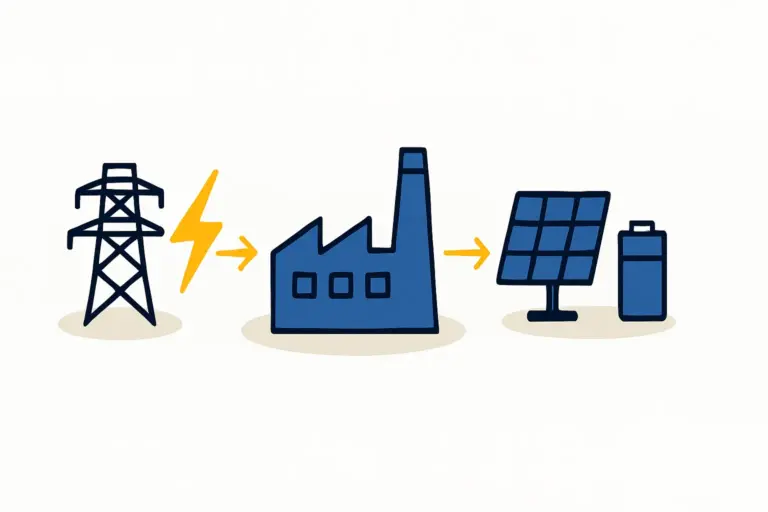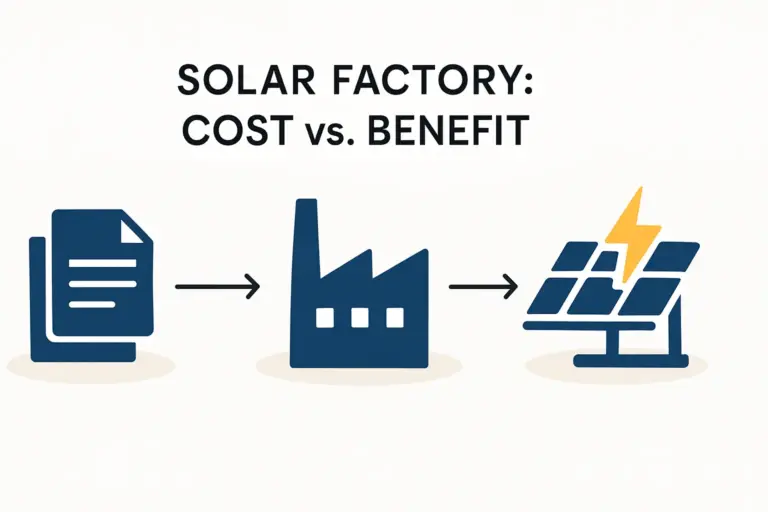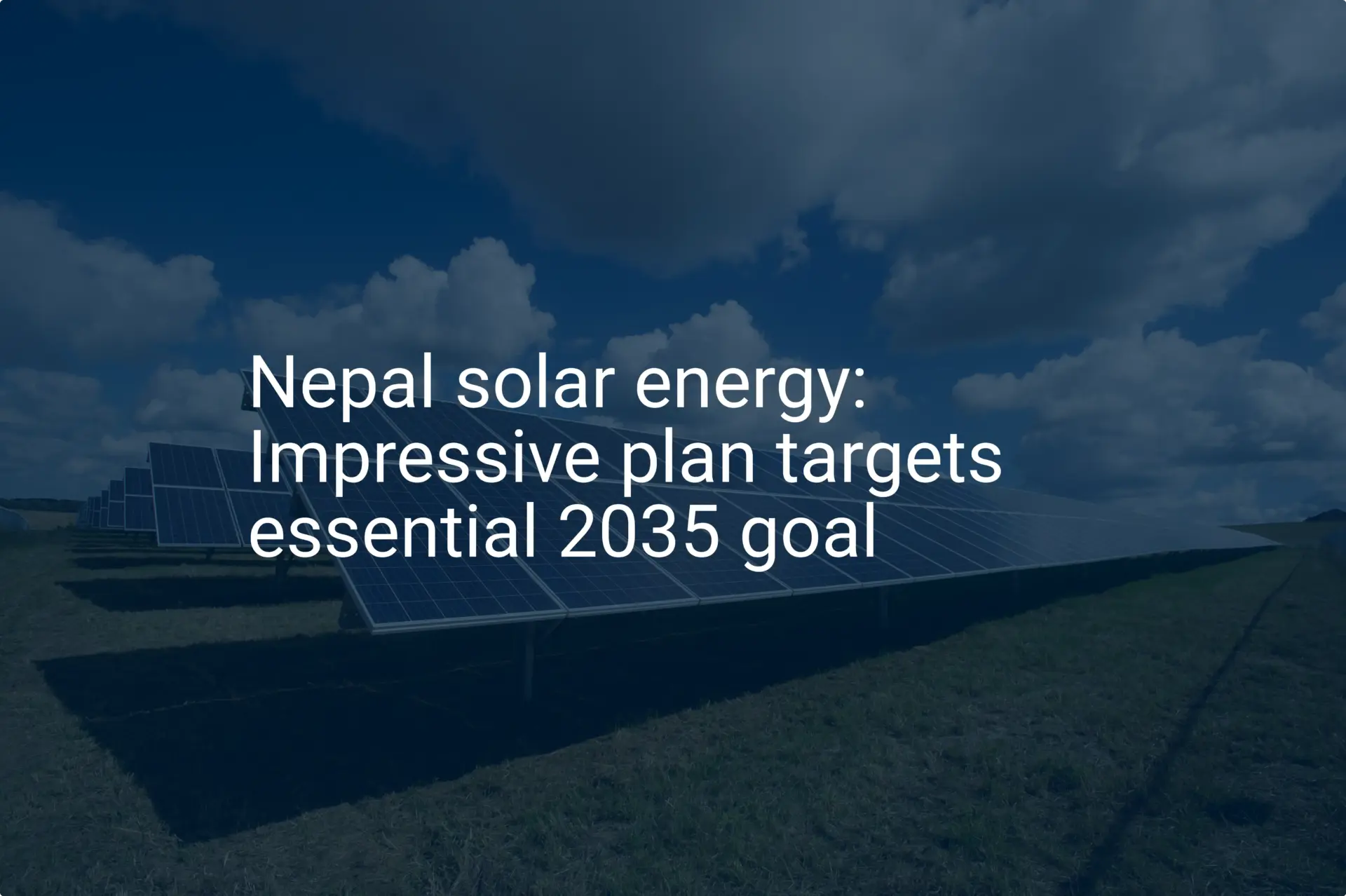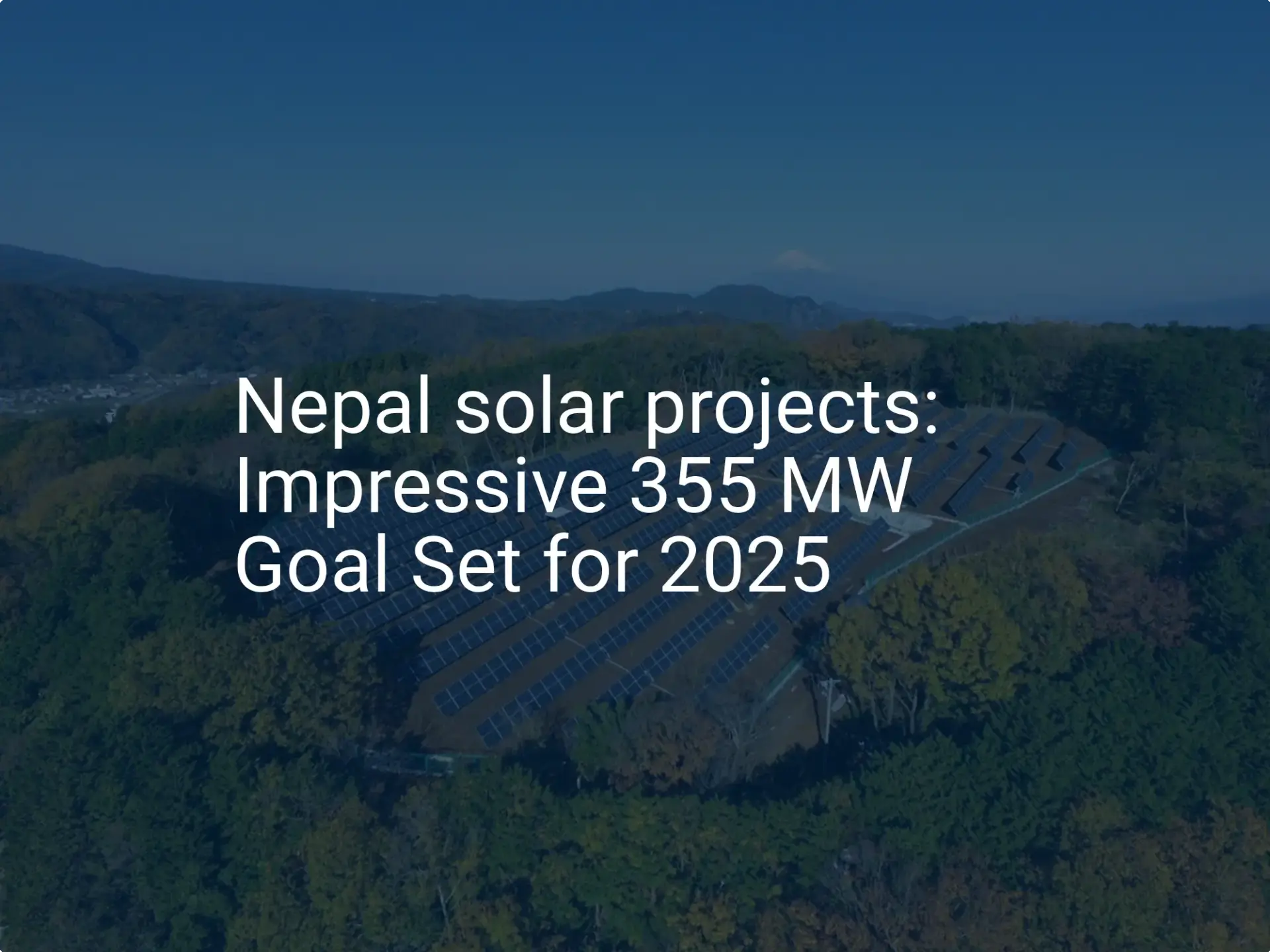An entrepreneur planning a solar panel assembly line in Nepal might carefully calculate the cost of machinery, labor, and the factory itself, arriving at what seems to be a solid business plan. However, a significant operational cost is often underestimated—the ongoing expense of importing raw materials.
Many assume that government incentives for solar energy apply broadly, but the reality of customs duties on individual components can challenge profitability if they aren’t properly understood from the start. This article offers a clear overview of the customs and import duty landscape in Nepal for entrepreneurs entering the solar module manufacturing sector. It explains the tariff structure for key components, clarifies how total costs are calculated, and outlines the clearance process, helping you build a robust financial plan and prevent costly surprises.
Understanding Nepal’s Customs Framework for Importers
All goods imported into Nepal are subject to classification and assessment by the Department of Customs, a process that determines the applicable taxes and duties. For solar manufacturers, understanding two core concepts is essential: Harmonized System (HS) Codes and Customs Valuation.
Harmonized System (HS) Codes
The Harmonized System is an international standard for classifying traded products. Each product is assigned a specific HS Code that dictates its import duty rate. Using the correct HS Code is more than an administrative step; it’s fundamental to paying the correct tariff and avoiding legal complications. An incorrect classification can lead to significant delays and financial penalties.
Customs Valuation
Import duties aren’t calculated on the price you paid for the goods alone. Customs authorities in Nepal, like those in most countries, use the ‘CIF’ value. This includes:
- Cost: The commercial invoice value of the goods.
- Insurance: The cost of insuring the shipment.
- Freight: The cost of transporting the goods to the Nepalese border.
This total CIF value is the basis for calculating import duties and other taxes.
Tariffs on Key Solar Manufacturing Raw Materials
While Nepal’s government encourages the solar industry with policies like a preferential 1% tariff on finished solar panels, this rate doesn’t extend to all raw materials. The duties on individual components vary significantly—a critical factor to manage in your procurement strategy.

Below is a breakdown of the applicable tariffs and HS Codes for the primary materials needed for solar module manufacturing.
-
Solar Cells (unassembled)
HS Code: 8541.40.10
Customs Duty Rate: 1% -
EVA Film
HS Code: 3920.10.19
Customs Duty Rate: 15% -
Tempered Glass
HS Code: 7007.19.00
Customs Duty Rate: 30% -
Aluminum Frames
HS Code: 7604.21.00
Customs Duty Rate: 30% -
Backsheet (e.g., Tedlar)
HS Code: 3920.99.19
Customs Duty Rate: 15% -
Junction Box
HS Code: 8536.90.90
Customs Duty Rate: 15%
The strategic insight here is clear: the most technologically advanced and highest-value component—the solar cell—receives a highly preferential tariff. This structure is designed to incentivize local value addition, specifically the assembly of modules within Nepal, rather than the complete manufacturing of every sub-component.
Calculating the Total Landed Cost: A Practical Example
The customs duty is only the first layer of import taxation. A 13% Value Added Tax (VAT) is also applied, but it’s calculated on the CIF value plus the customs duty. This compounding effect is a crucial detail for accurate financial forecasting.
Let’s consider a practical example: importing a shipment of EVA film with a CIF value of USD 100,000.
- CIF Value: $100,000
- Applicable Customs Duty (for EVA): 15%
- Customs Duty Amount: $100,000 x 15% = $15,000
- Taxable Base for VAT: CIF Value + Customs Duty = $100,000 + $15,000 = $115,000
- VAT Amount (13%): $115,000 x 13% = $14,950
- Total Import Taxes & Duties: $15,000 (Duty) + $14,950 (VAT) = $29,950
In this scenario, the total landed cost of the EVA film, before it even reaches your factory, is $129,950. For entrepreneurs setting up a solar panel factory, accurately modeling these costs for every single component is vital to creating a realistic business plan.
The Customs Clearance Process Step-by-Step
Navigating the clearance process requires precision and proper documentation. While a licensed customs agent will handle the formalities, it’s important for business owners to understand the sequence of events.
-
Shipment Arrival: Goods typically arrive at a major land customs point, such as the Birgunj Dry Port.
-
Customs Declaration: The importer or their agent submits a declaration form through Nepal’s online customs system (ASYCUDA World), along with supporting documents.
-
Required Documentation:
- Commercial Invoice
- Packing List
- Bill of Lading or Lorry Waybill
- Certificate of Origin
- Letter of Credit (if applicable)
- Company and VAT registration certificates
-
Assessment and Valuation: Customs officials verify the HS code classification and the declared CIF value against reference data.
-
Payment of Duties: Once the assessment is confirmed, the importer pays the calculated customs duty and VAT.
-
Inspection and Release: Shipments may be flagged for physical inspection (the ‘red channel’). If documentation is in order and the goods match the declaration, they are typically cleared through the ‘green channel.’
-
Goods Release: After all duties are paid and any inspections are complete, the customs authority issues a release order, allowing the goods to be transported to the factory.

With correct and complete documentation, the process usually takes three to seven working days. However, any discrepancies can lead to significant delays.
Frequently Asked Questions (FAQ)
What exactly is an HS Code?
It’s an internationally recognized code used to classify products for customs purposes. The first six digits are standardized globally, while subsequent digits are defined by individual countries for greater detail. The code determines the tariff rate for your imported goods.
Does the 1% tariff for solar equipment apply to all raw materials?
No, and this is a critical distinction. The preferential 1% tariff is primarily for finished solar panels (HS Code 8541.40.90) and specific components like unassembled solar cells. Other raw materials—such as glass, aluminum frames, and polymers—are subject to standard, and often much higher, duty rates as detailed earlier.
Why are the duties so high on materials like glass and aluminum frames?
These higher tariffs (30%) may be in place to generate revenue or to offer a degree of protection to potential or existing domestic industries that produce similar basic materials. The tariff structure strongly favors the assembly stage of production over the primary manufacturing of all components.
Are there any exemptions or special reliefs available?
The Nepalese government occasionally announces specific industrial policies or incentives. It’s always advisable to consult with the Department of Customs or the Ministry of Finance for the latest information on any schemes that might apply to new manufacturing ventures, especially in the renewable energy sector.
What is the role of a customs agent?
A customs agent (or broker) is a licensed professional who manages the entire import declaration and clearance process on an importer’s behalf. For any business new to importing, engaging a reputable agent is essential for compliance and efficiency.

Conclusion: Planning for Success
Successfully importing raw materials for solar manufacturing in Nepal isn’t about finding loopholes; it’s about precise planning. The tariff structure is intentionally designed to encourage the final assembly of solar modules locally, making the business case for such ventures potentially strong.
The key to success lies in building a comprehensive financial model that accurately reflects the true landed cost of every component. Understanding the nuances of HS codes, customs valuation, and the multi-layered tax system allows an entrepreneur to move forward with confidence, turning a well-researched plan into a profitable manufacturing reality. This diligent approach to customs and logistics is the bedrock of a sustainable and competitive solar enterprise in Nepal.






